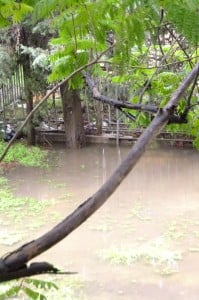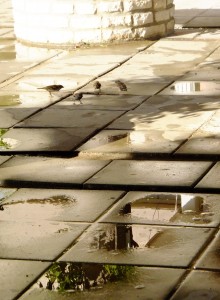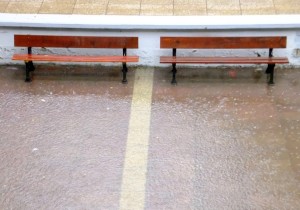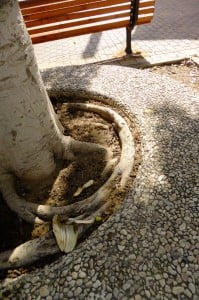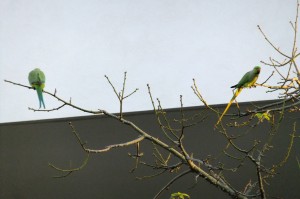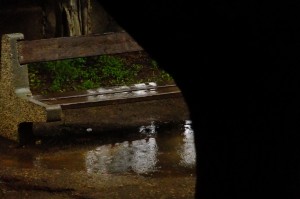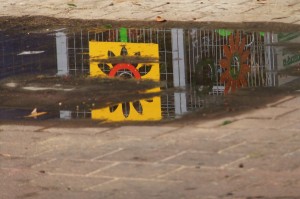I knew that the Netflix TV series “House of Cards” was based on a book by a British author named Michael Dobbs. We’ve almost finished watching the second season.
No, I haven’t read the book.
What I hadn’t realized was that the real inspiration for “House of Cards” is Shakespeare’s “Othello”. There are so many parallels. Iago, who didn’t get the post he thought he deserved (Frank not being appointed as Secretary of State), manipulating others, planting suspicions and downright lies, all in a bid for power and revenge. Toying with other people’s lives.
Sitting in the theatre watching the play, I found myself comparing the two again and again. Despite having to keep one eye on a screen translating the dialogue from Slovenian.
While I’ve heard many-a-time that Shakespeare is all about the language, this production of Othello by the Ljubljana City Theatre (visiting here!) is a superb production. The acting is first-rate and the variety of ways in which a minimalist selection of props were used so expressively blew me away. Well worth the slight discomfort of depending on subtitles to follow the dialogue.
The play trumped “House of Cards” in one respect, as far as I’m concerned. Watching the play there were moments when I smiled. I even chuckled. This does not happen when watching the TV show. I have a great many positive superlatives to say about it (really!!) but there are no touches of humor. Nothing to smile about. That’s a shame.
